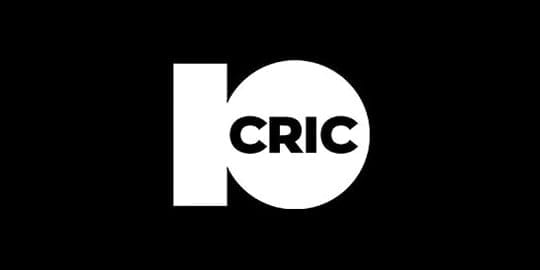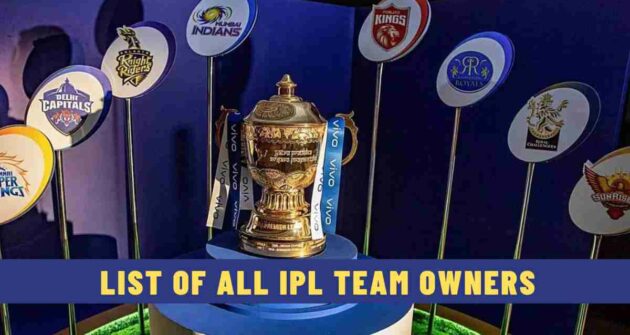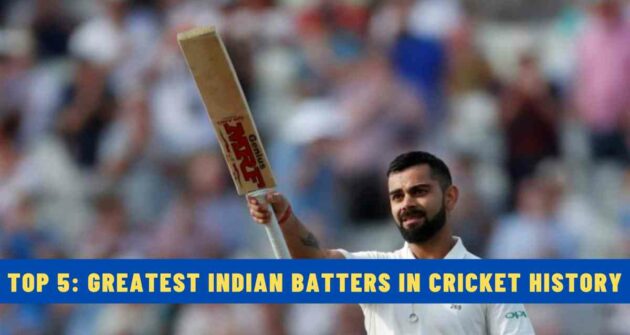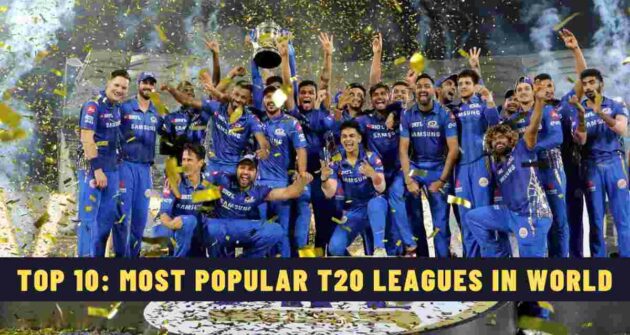In both white-ball formats, T20 Internationals (T20Is) and One Day International (ODIs), we have powerplay but the structure with which they are played is different. The rules with respect to the fielding restrictions are in place differ in both these formats.
We have seen how a powerplay works in the shortest format, now we see how it works in the slightly elongated 50-overs format.
What are Powerplay overs in the ODI format?
Like in T20s, the powerplays in 50-over format also signifies overs with fielding restrictions in place but is just a little more complex. The intention to impose these restrictions are done to influence the game’s dynamics and to encourage aggressive style of play throughout the course of an innings.
How the powerplay rules change in ODIs compared to T20Is?
For starters, in an ODI innings there are three distinct powerplay phases as opposed to the one in the T20 format. And each of the phases have their own set of rules.
The first powerplay spans the initial 10 overs of an innings and in this period, only two fielders from the bowling team are allowed outside the 30-yard circle. With seven fielders inside the 30-yard circle throughout this period, batting team can take advantage by scoring a slew of boundaries.
The white ball also stops seaming or swinging after a point in time and this enables batters to bat with full flow on surfaces which don’t aid the bowlers. This allows batters to get out of the blocks quickly and plan for a longer haul in the crease while also giving a solid foundation to rest of the batting line-up.
However, a bit of zip and helpful overhead conditions might help bowlers to take wicket or two in the phase and employ Test match length bowling to trouble the batters.
The second powerplay which overlaps the middle-overs lasts from the 11th to the 40th over of an innings. Here in this phase, the fielding restrictions are relaxed as two more fielders can stand outside the 30-yard circle. This means a team can have maximum four fielders near the boundary line.
A batting team will look to consolidate the start they got or repair their innings in case of a bad start. They would love to not lose any more wickets and play slightly risk-free cricket by manoeuvring the bowlers and rotating the strike.
On the other hand, a fielding team aims to contains in this phase and thus building pressure which results in them picking wickets. A team more often employs spinners to bowl in this period with a view to get something out of the pitch.
The third and last powerplay formulate the last 10 overs of an innings and the fielding can have five fielders outside the 30-yard circle. This is the time where settled batters go for big hits and the finishers of a batting team come into play.
Though there is every chance that bowler can fetch the team a wicket in this phase, a bowling team will be happy if they give as less runs as possible. This is where the bowlers employ tactical variations to minimize the damage.
Both teams will have to come up with different plans on as to how to play in each of the powerplay. It varies upon the match, conditions and situations. A team that has a good start, a decent middle-over period followed by a great finish will invariably win the game of ODI cricket.
Read Next | Test Cricket Format – Explained











